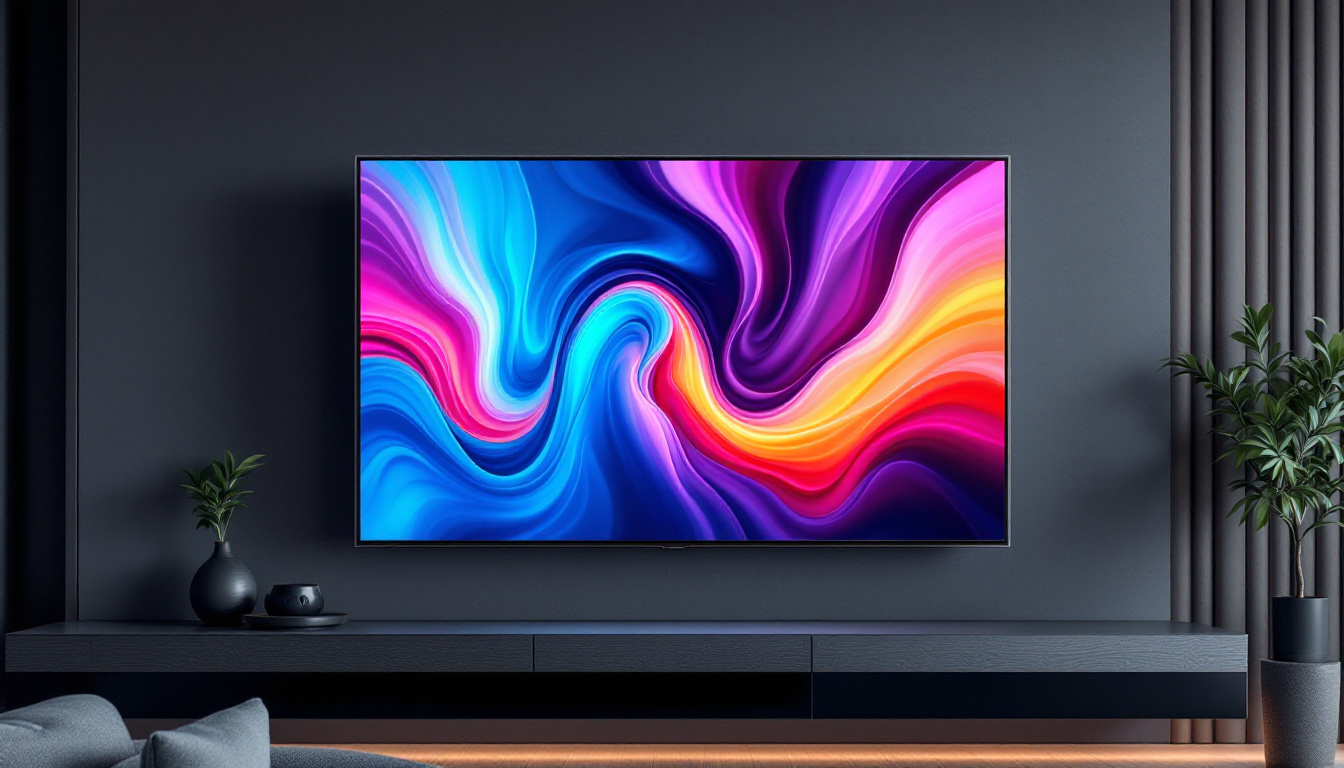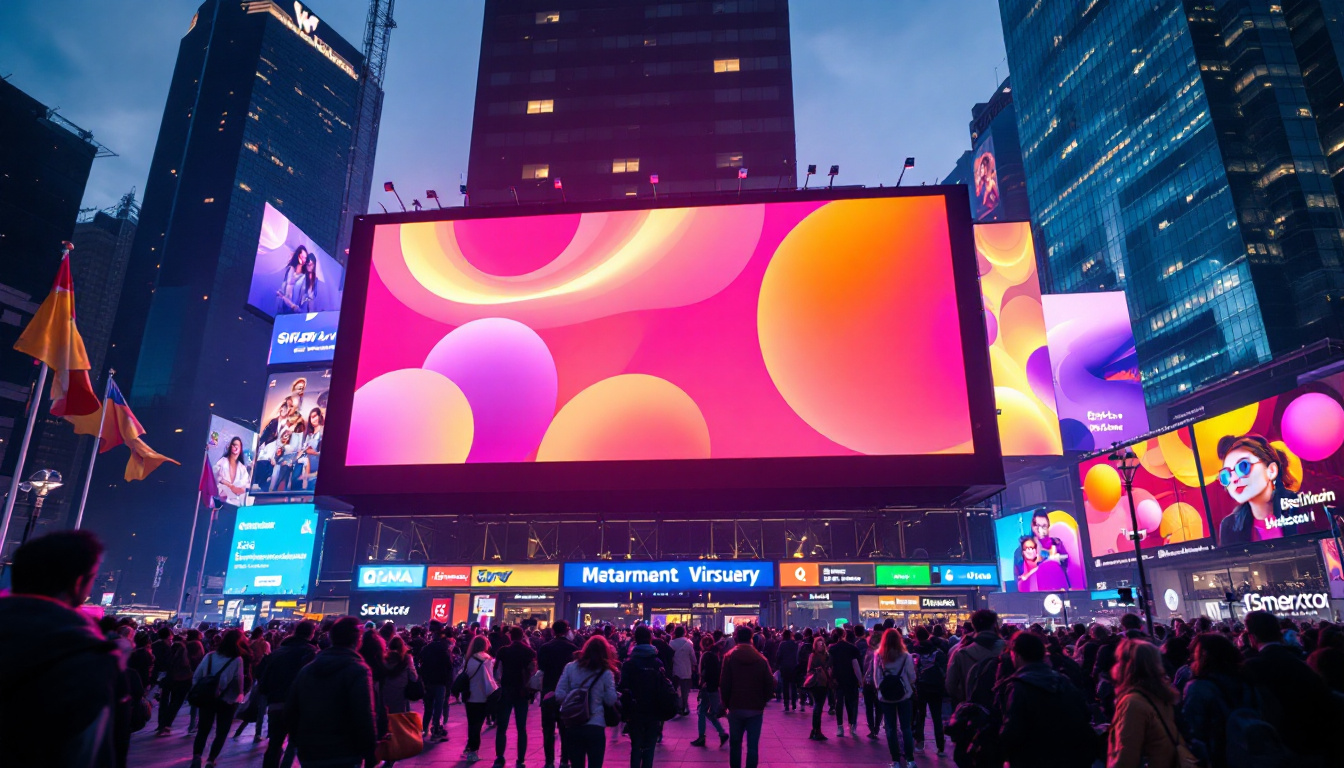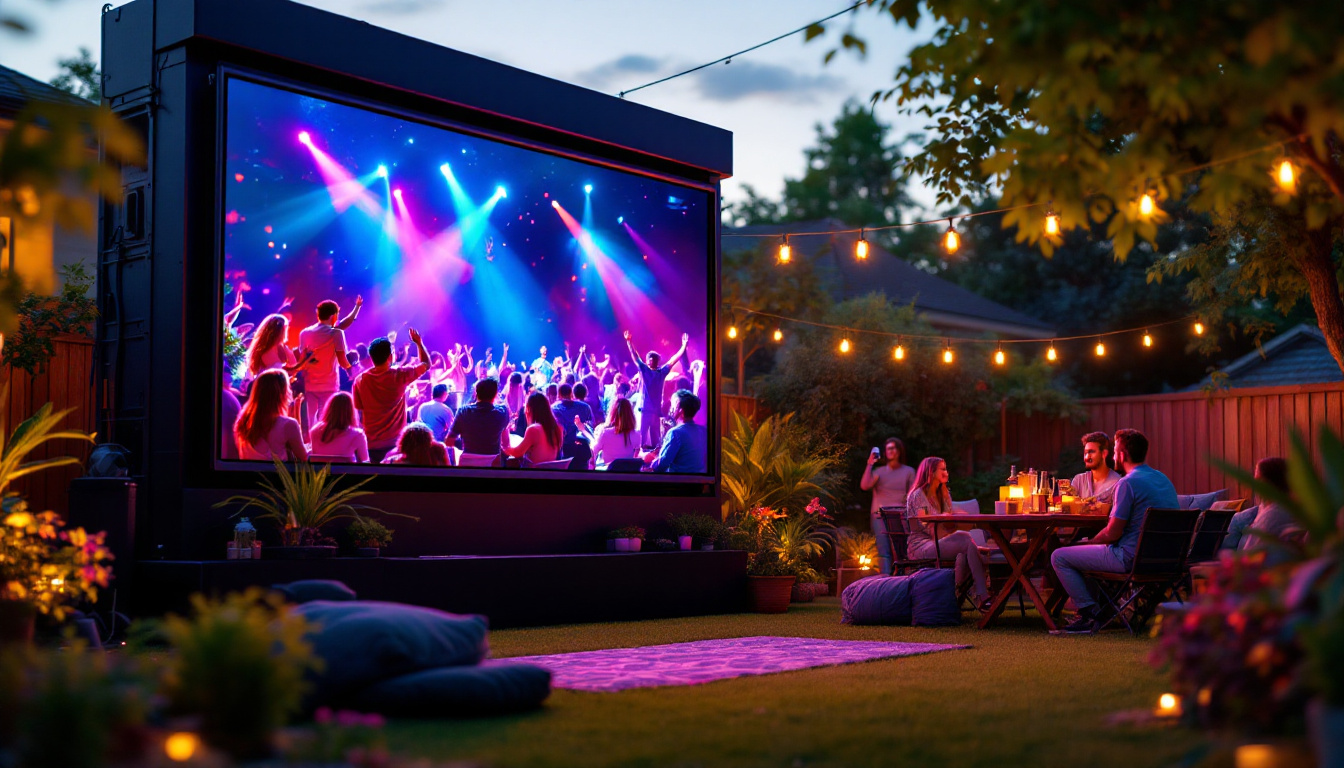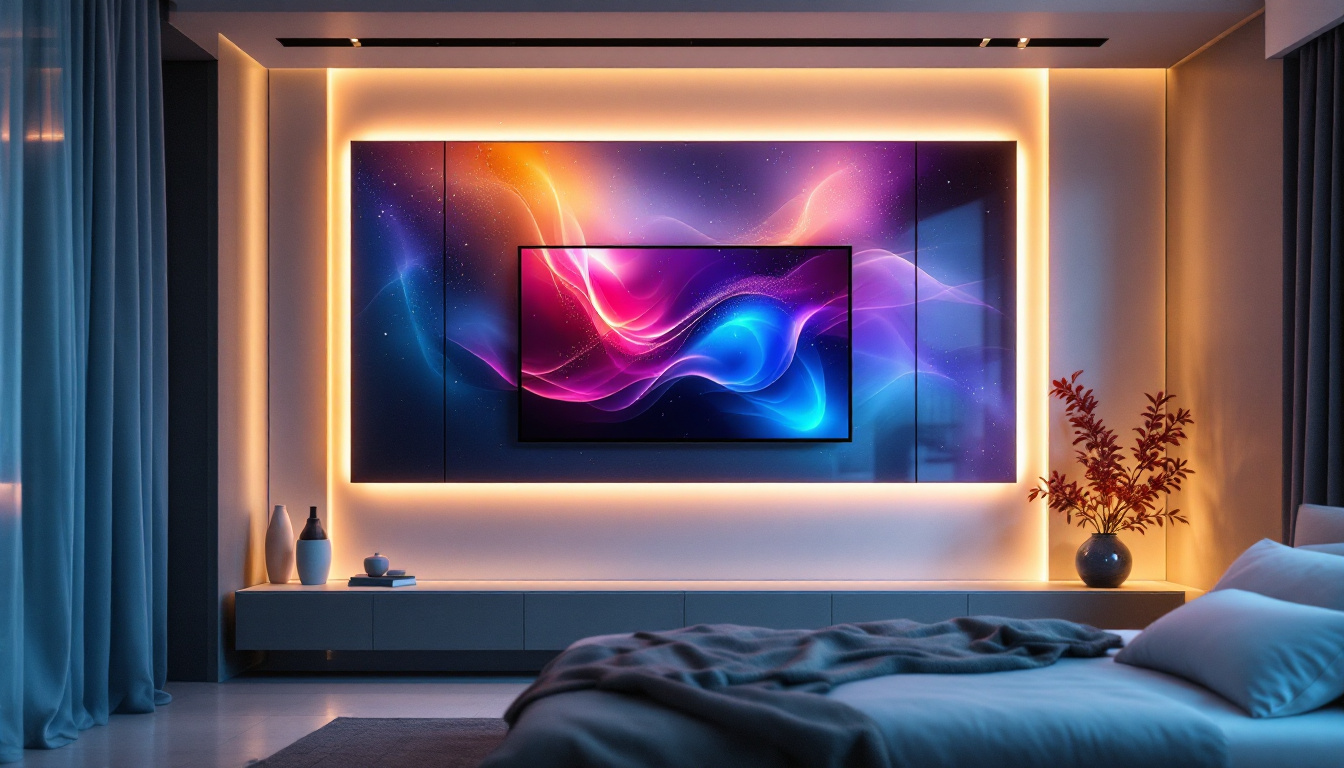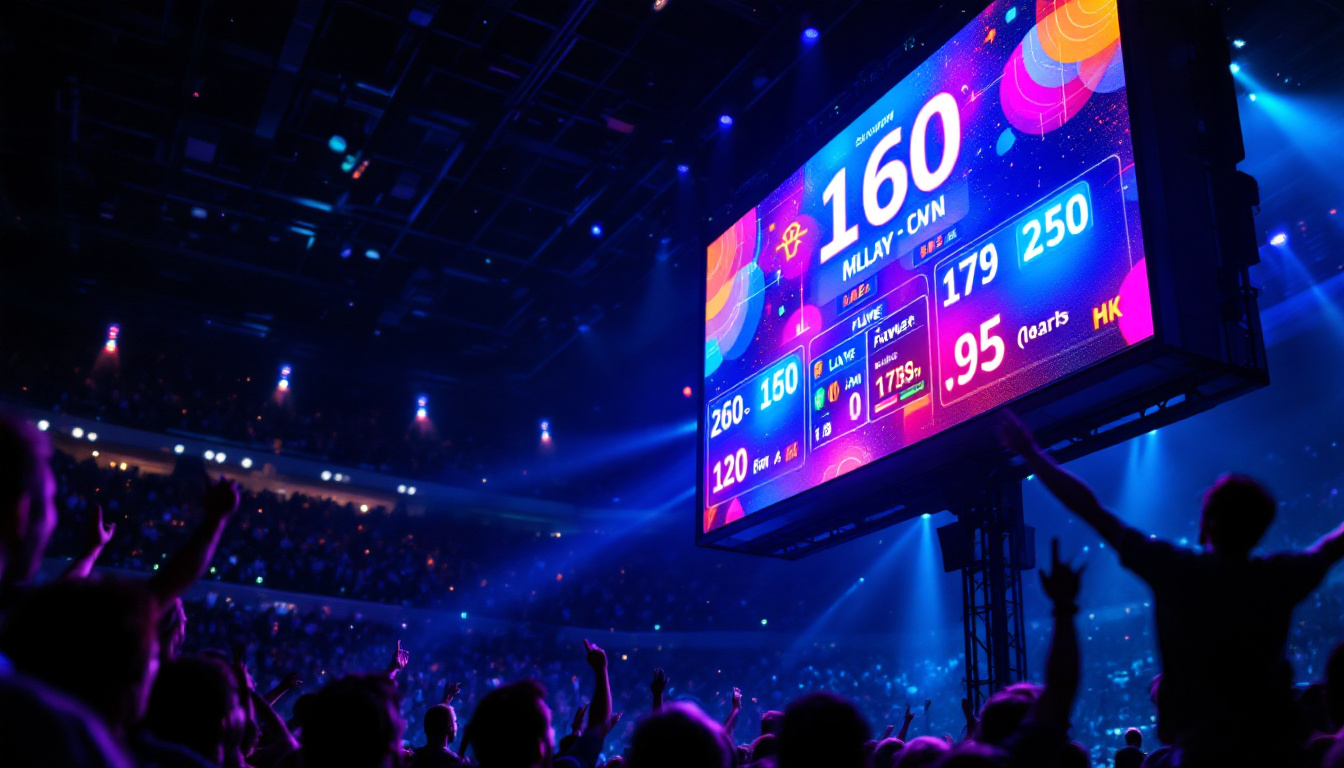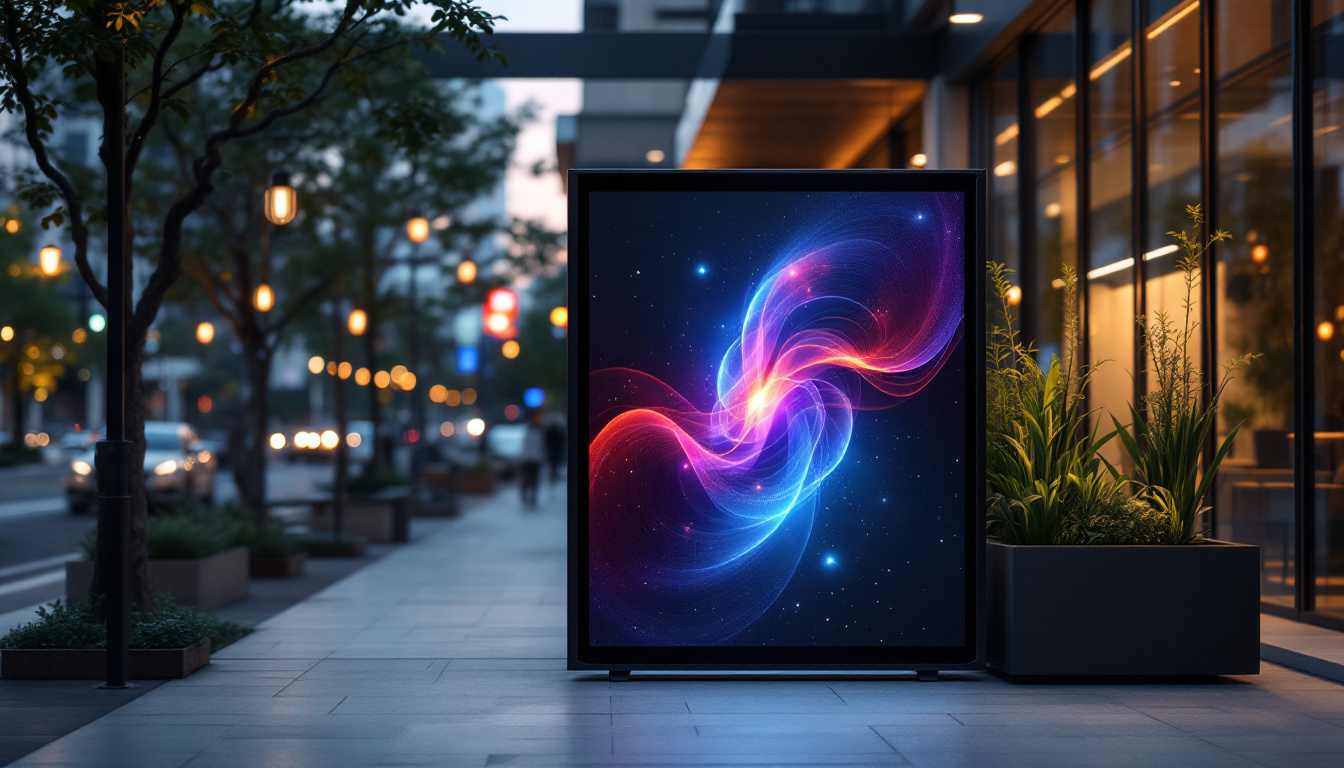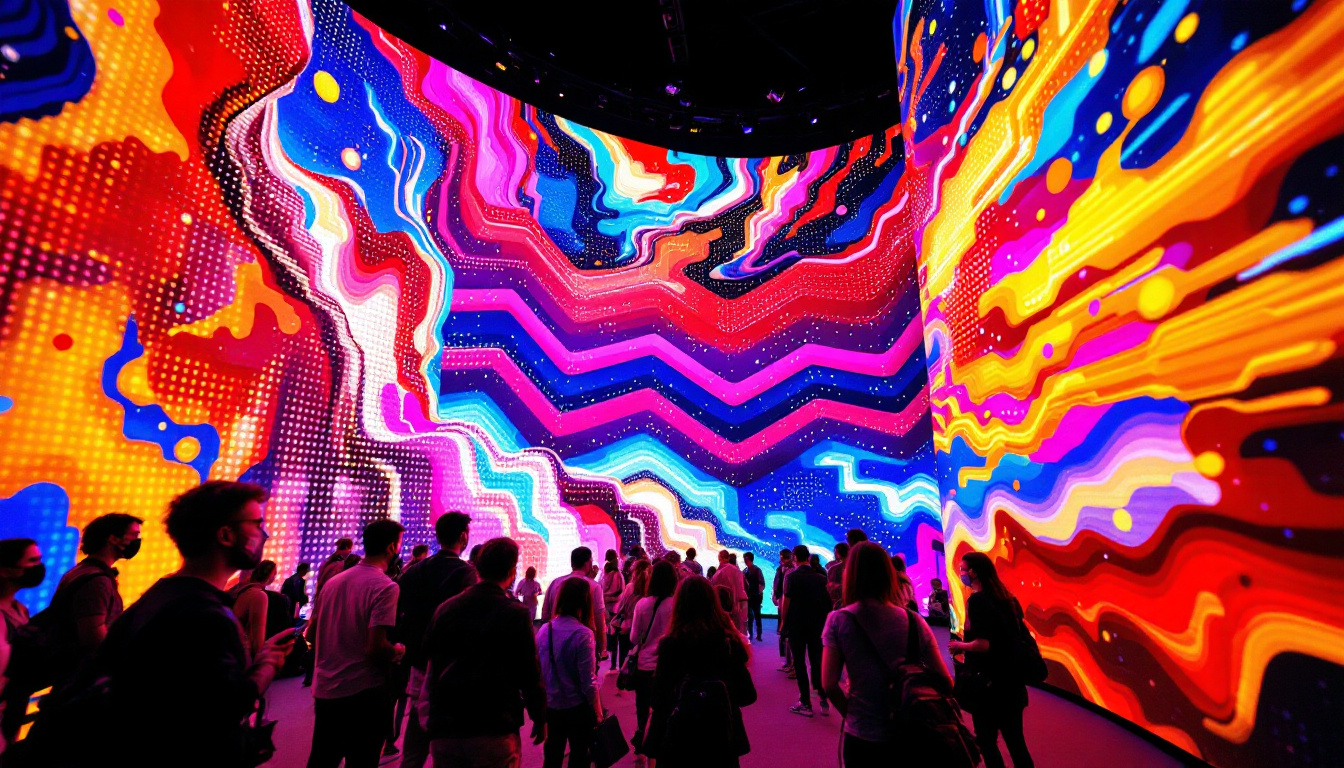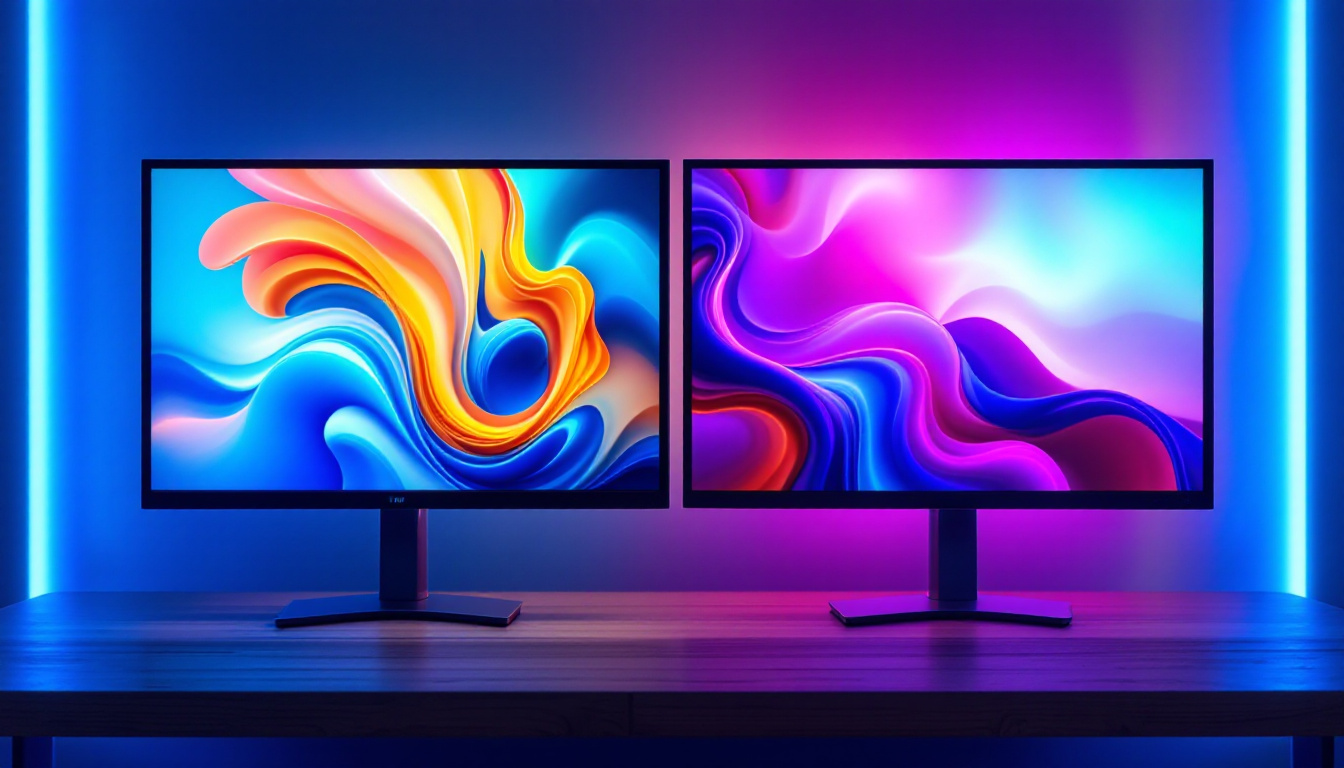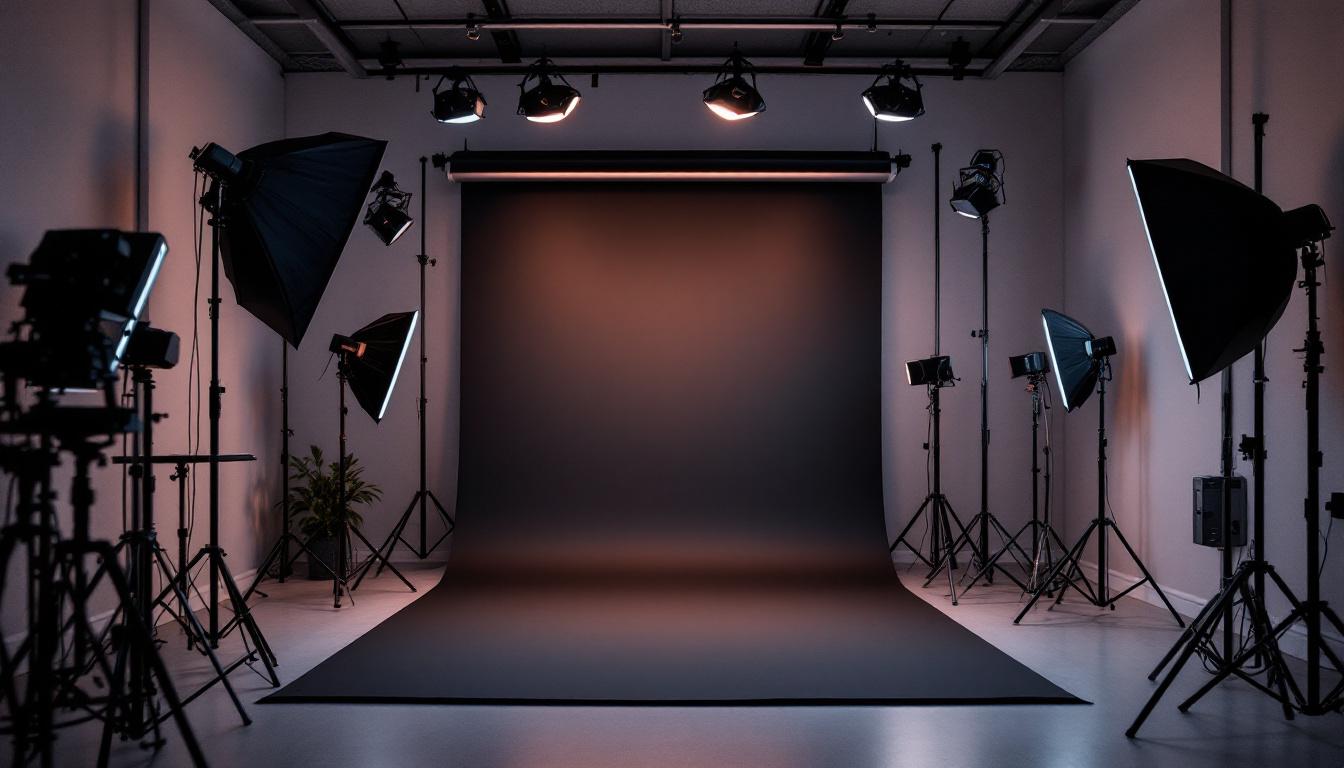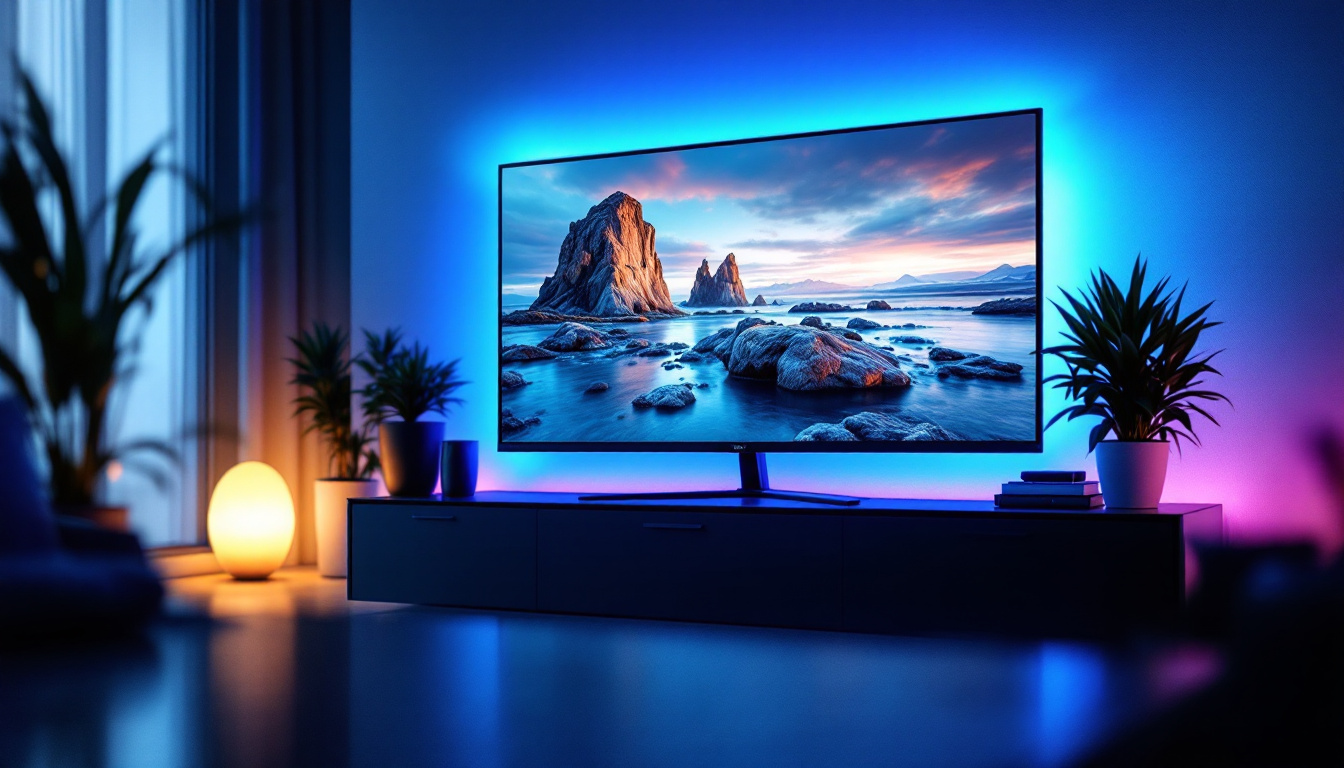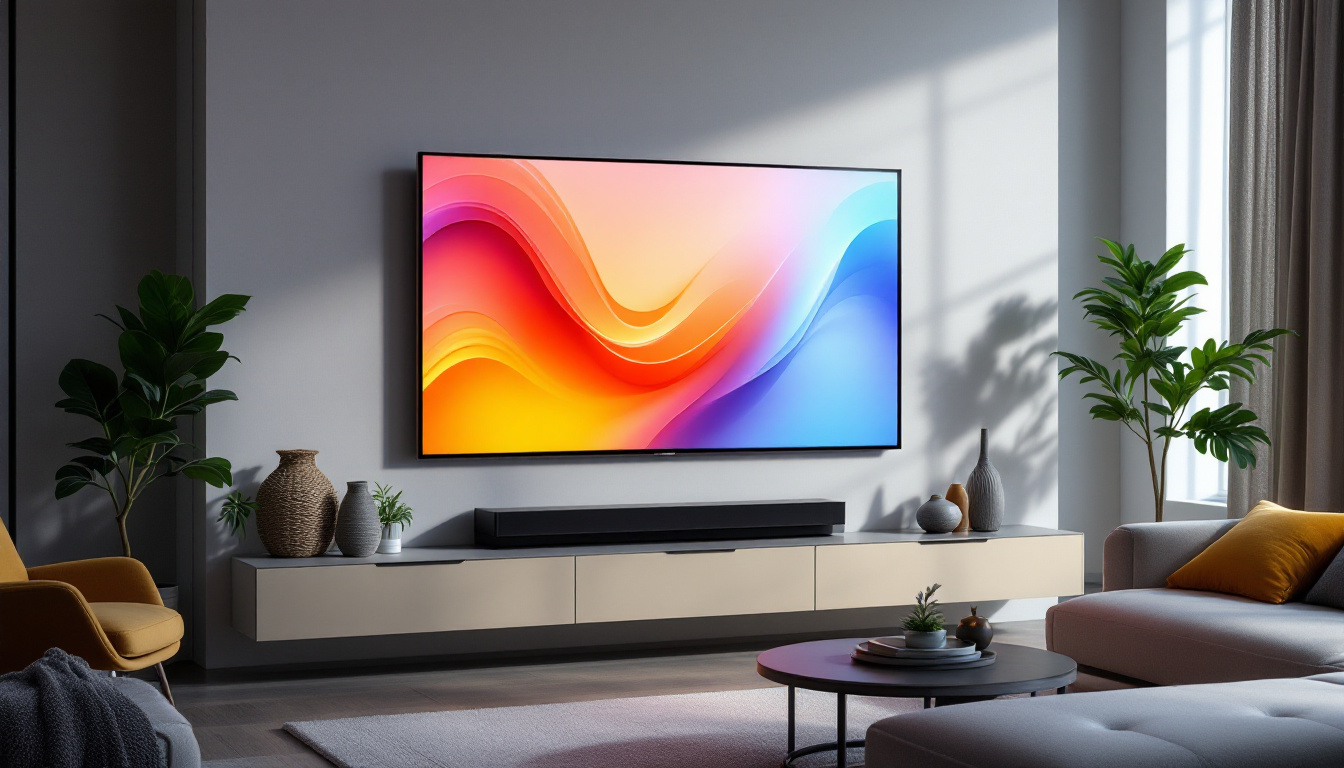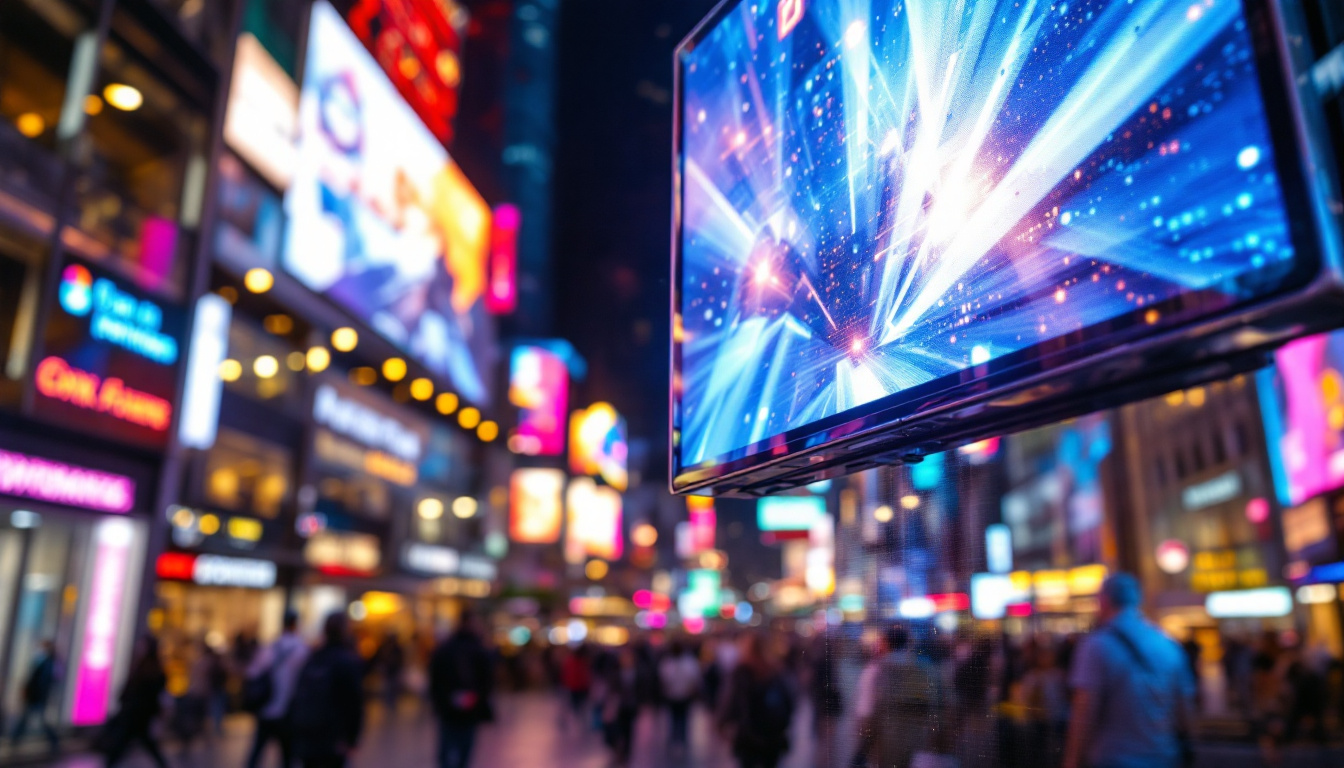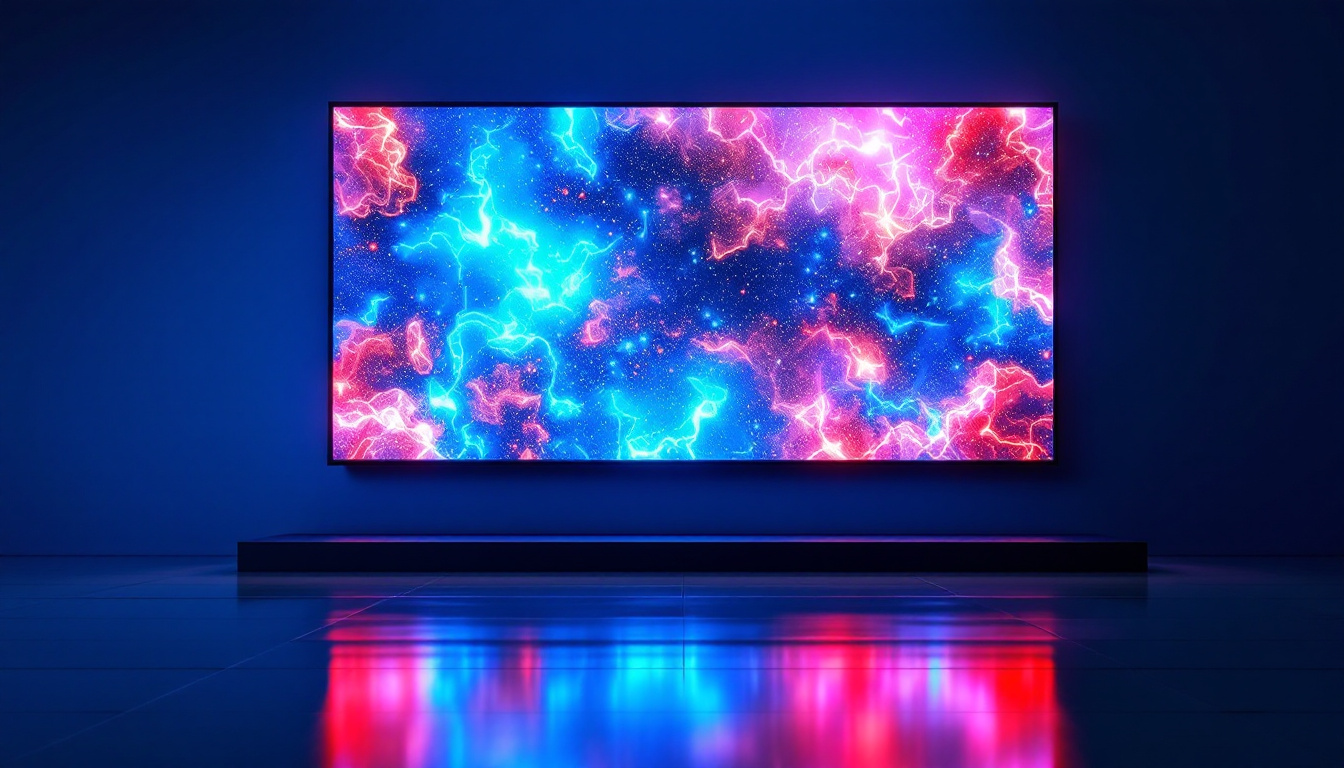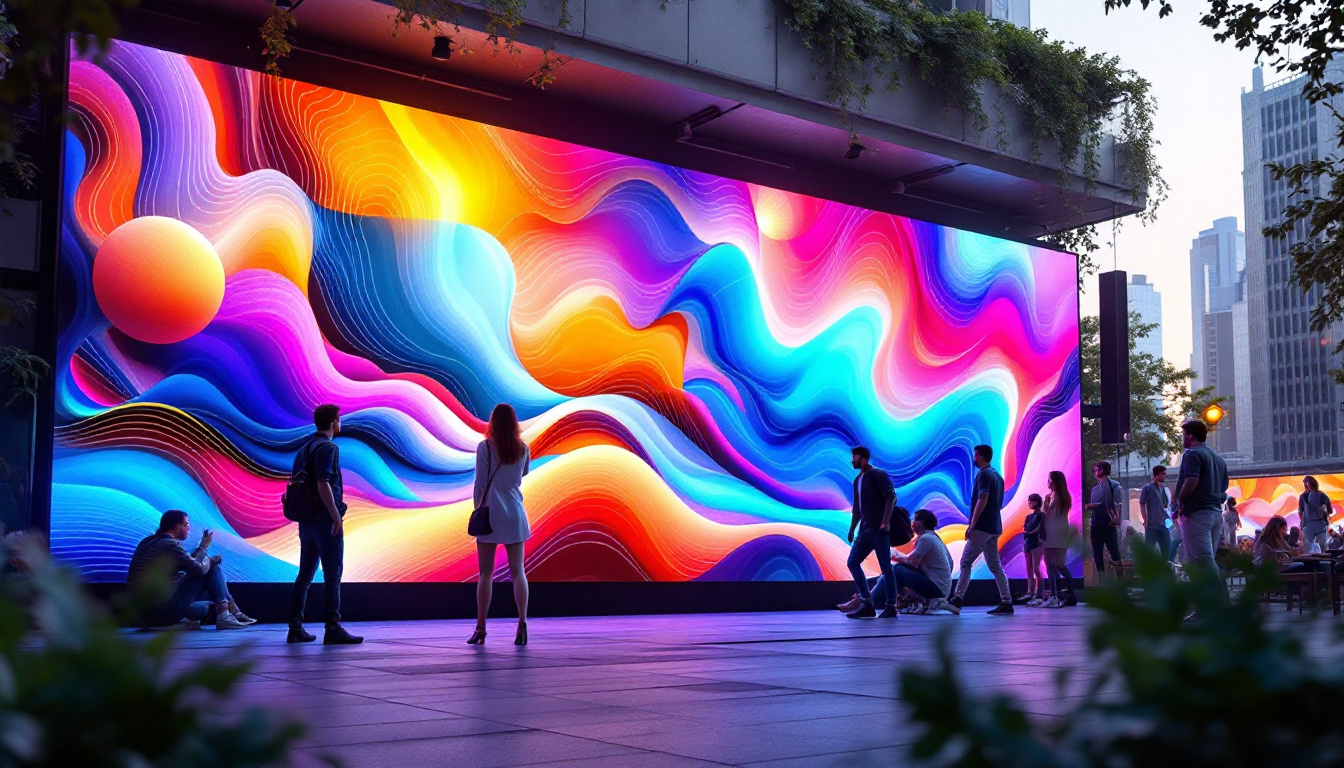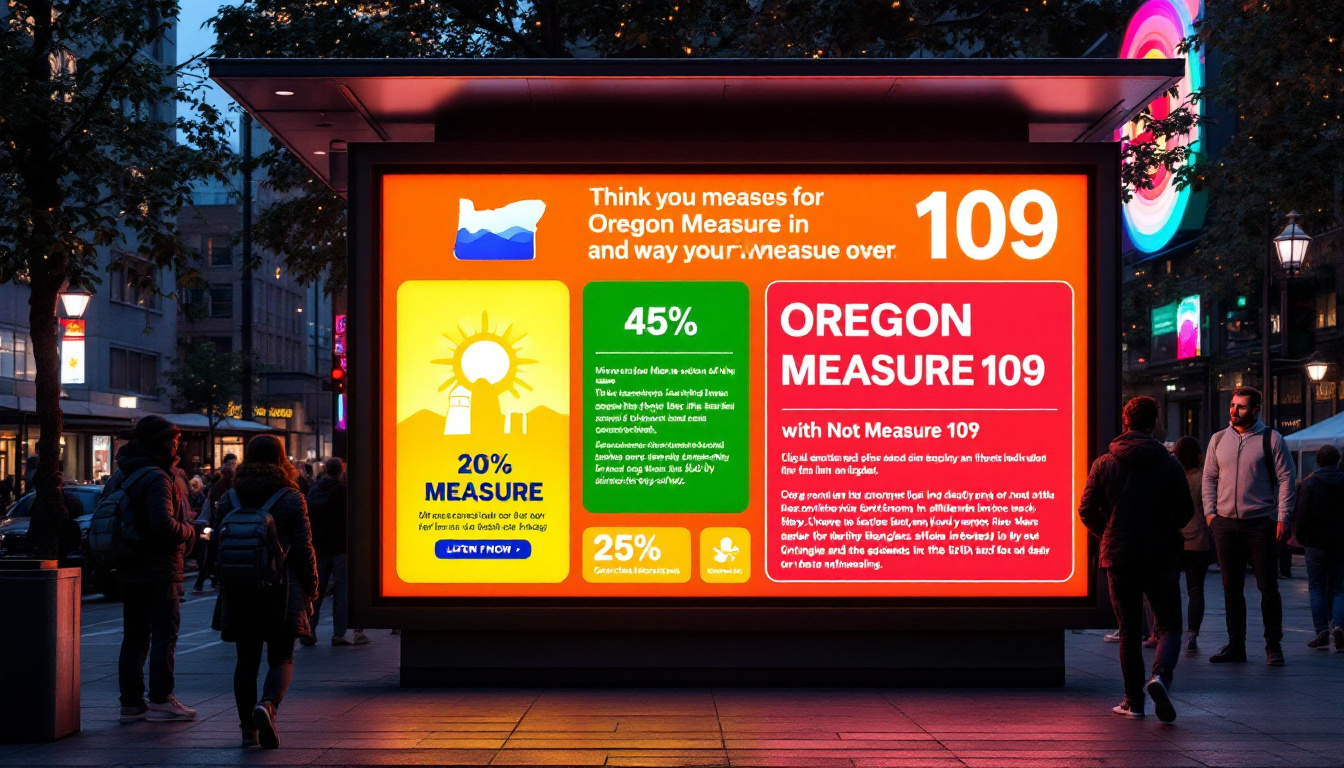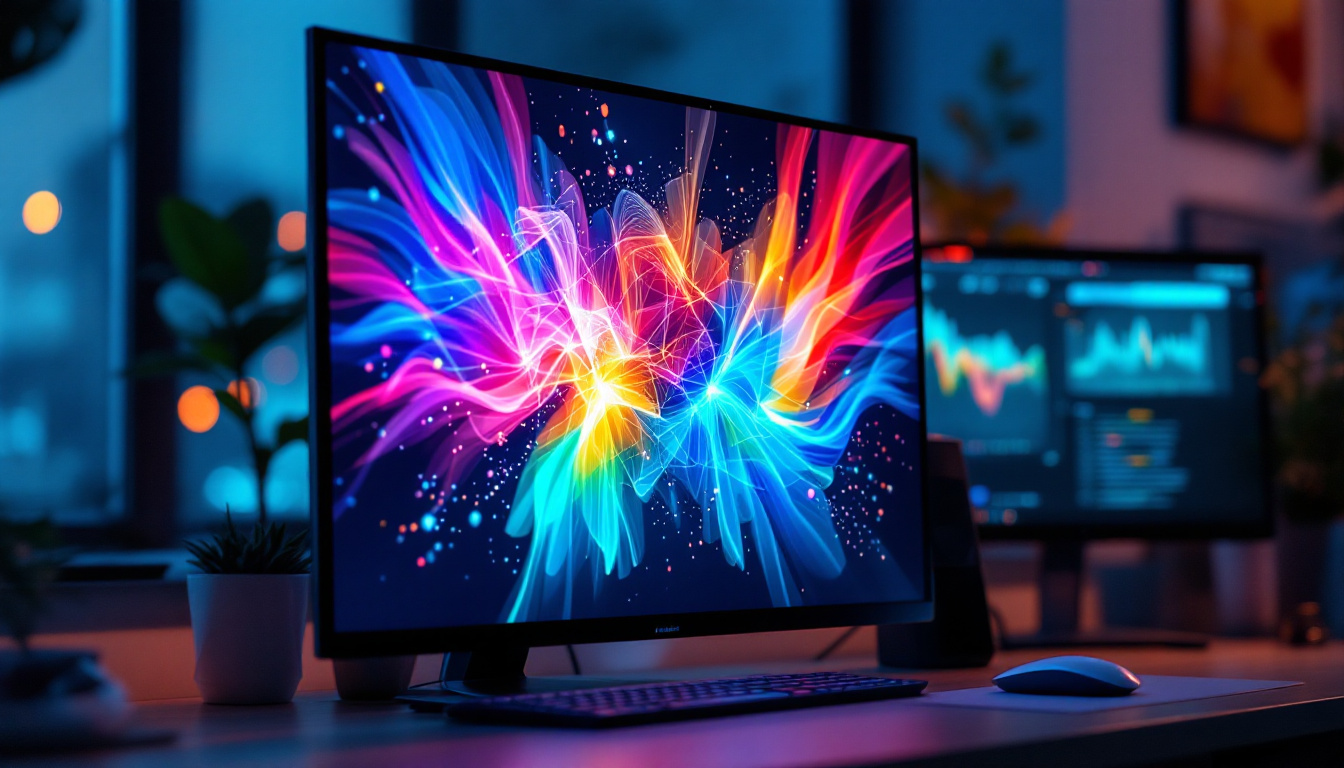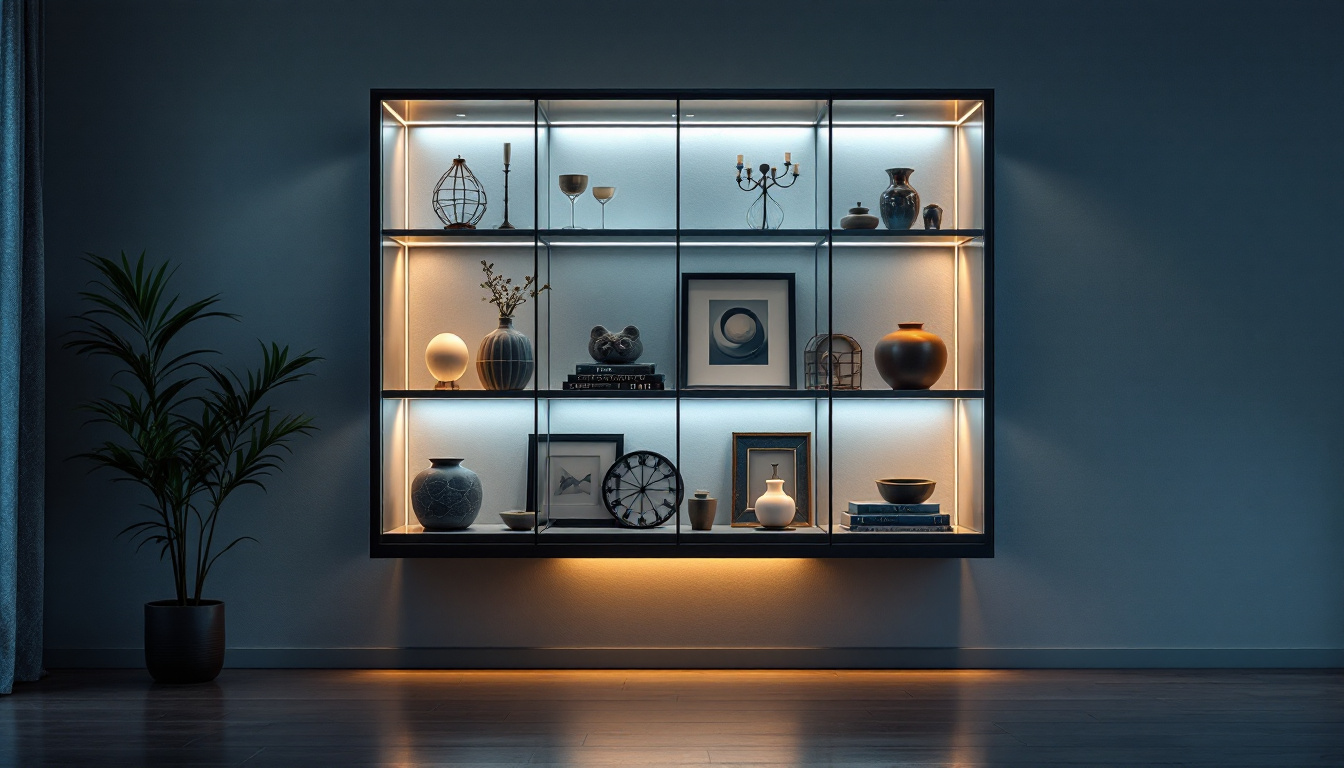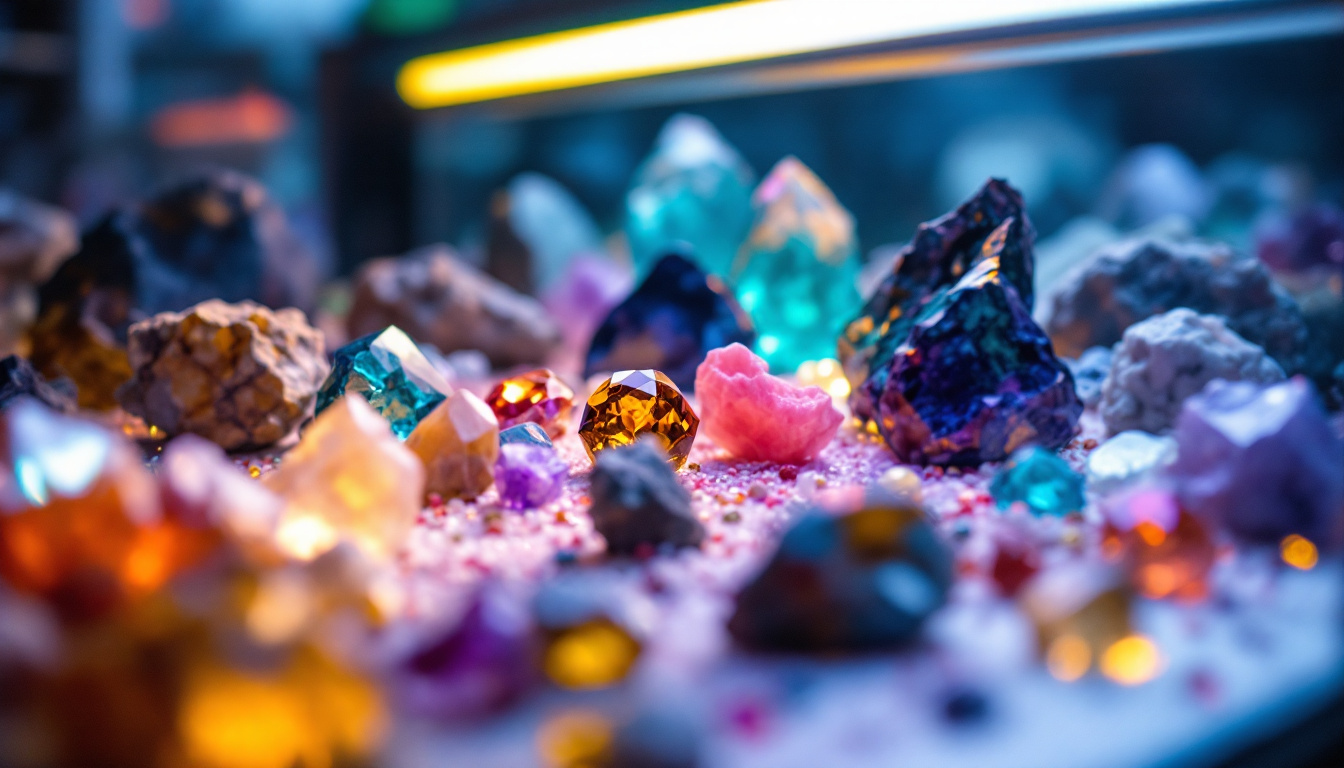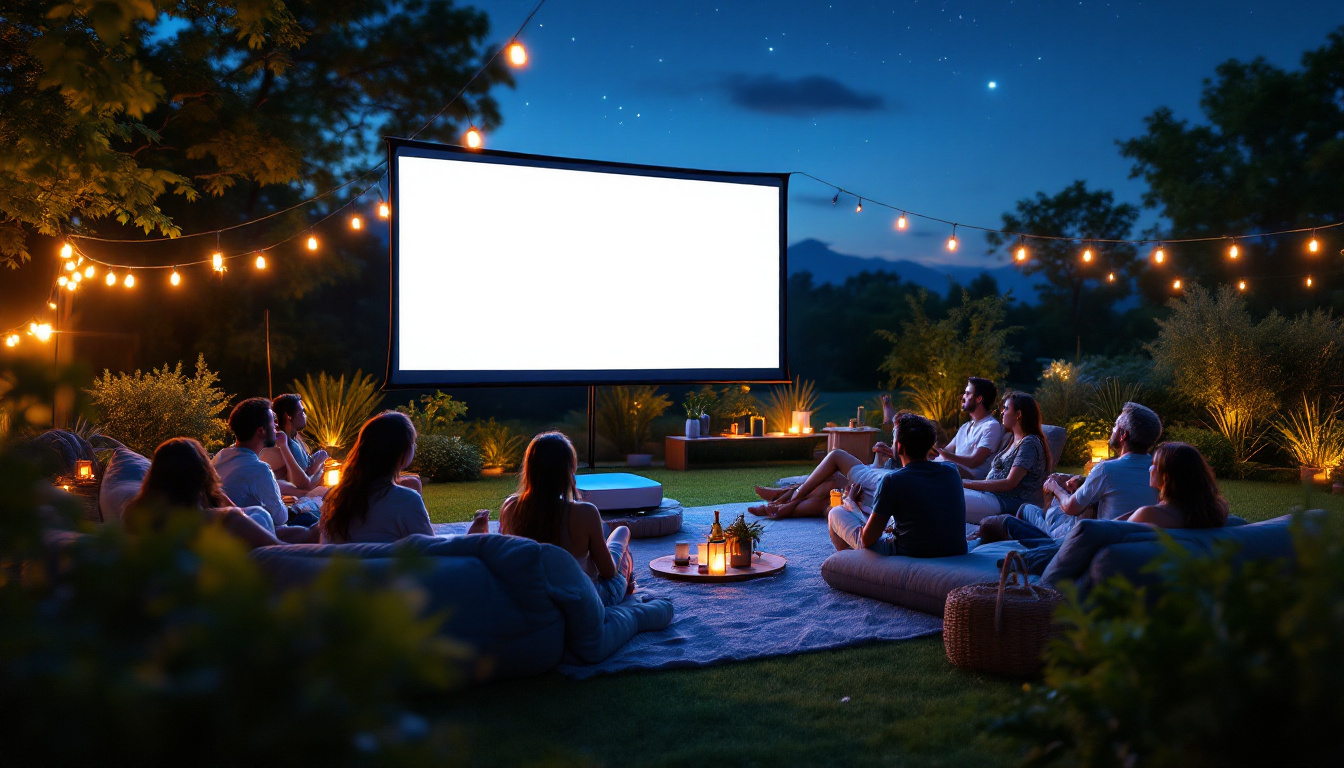In the rapidly evolving world of display technology, touchscreen monitors with LED displays have become a cornerstone in various industries, from retail and healthcare to education and professional design. Understanding how these devices work, their advantages, and the technology behind LED displays is essential for making informed decisions when selecting the right touchscreen monitor for specific applications.
What Are Touchscreen Monitors with LED Displays?
Touchscreen monitors combine display technology with touch-sensitive surfaces, allowing users to interact directly with what is shown on the screen. When paired with LED (Light Emitting Diode) displays, these monitors offer enhanced brightness, energy efficiency, and durability compared to older display technologies like LCDs with CCFL backlighting.
LED displays refer to screens that use light-emitting diodes to illuminate the display panel. This technology can be implemented in several ways, but in most touchscreen monitors, LEDs serve as backlighting sources for LCD panels, resulting in sharper images, better contrast, and more vibrant colors.
One of the significant advantages of touchscreen monitors with LED displays is their responsiveness. The integration of capacitive or resistive touch technology allows for multi-touch capabilities, enabling users to perform complex gestures such as pinching to zoom or swiping to navigate. This interactivity is particularly beneficial in environments such as retail, where customers can browse products effortlessly, or in educational settings, where students can engage with learning materials in a hands-on manner. The tactile feedback provided by these screens enhances user experience, making it more intuitive and engaging.
Moreover, the versatility of touchscreen monitors with LED displays extends beyond traditional computing tasks. They are increasingly being utilized in various industries, including healthcare, where medical professionals can quickly access patient data or imaging results with just a touch. In the hospitality sector, these monitors can serve as interactive kiosks for guests, providing information about services or local attractions. The sleek design and modern aesthetics of LED touchscreen monitors also make them a popular choice for digital signage, allowing businesses to display dynamic content that captures attention and communicates messages effectively.
How LED Displays Work in Touchscreen Monitors
LED Backlighting Technology
Most modern touchscreen monitors utilize LED backlighting rather than the older cold cathode fluorescent lamp (CCFL) technology. LEDs are tiny semiconductor devices that emit light when an electric current passes through them. In monitors, arrays of these LEDs are placed behind or along the edges of the LCD panel to provide uniform illumination.
This backlighting method improves energy efficiency, reduces heat generation, and allows for thinner, lighter monitor designs. Additionally, LED backlights can be dimmed or brightened more precisely, enhancing contrast ratios and overall image quality. The result is a more vibrant display that can showcase a wider color gamut, making images and videos appear more lifelike and engaging. This is particularly beneficial for applications in graphic design, gaming, and video editing, where color accuracy is paramount.
Types of LED Backlighting
There are primarily two types of LED backlighting used in touchscreen monitors:
- Edge-Lit LED: LEDs are placed along the edges of the screen, and light is distributed evenly across the display using light guides. This design allows for very thin monitors but can sometimes result in less uniform brightness.
- Direct/Full-Array LED: LEDs are positioned directly behind the LCD panel in a grid. This setup offers better brightness uniformity and supports local dimming, which improves contrast by dimming parts of the screen independently.
In addition to these two primary types, there are also variations such as Mini-LED and Micro-LED technologies. Mini-LED uses smaller LEDs to create a more precise backlighting solution, allowing for improved control over brightness and contrast. This technology can lead to deeper blacks and more vibrant colors, making it an attractive option for high-end displays. Micro-LED, on the other hand, takes this a step further by using microscopic LEDs that can emit their own light, eliminating the need for a traditional backlight altogether. This not only enhances color accuracy but also provides greater flexibility in screen design, paving the way for innovative display formats.
Advantages of LED Touchscreen Monitors
Energy Efficiency and Longevity
LED backlighting consumes significantly less power than CCFL backlighting, making touchscreen monitors more energy-efficient and environmentally friendly. This efficiency is particularly important in commercial settings where monitors may be in use for extended periods daily.
Moreover, LEDs have a longer lifespan, often exceeding 50,000 hours, which reduces maintenance costs and downtime. This durability is a critical factor for industries such as healthcare or retail, where reliable performance is essential.
Improved Display Quality
LED displays offer superior brightness and contrast ratios, enhancing the clarity and visibility of touchscreen monitors even in brightly lit environments. This is crucial for outdoor kiosks or point-of-sale systems where ambient lighting conditions can vary significantly.
Additionally, LED technology supports a wider color gamut, enabling more accurate color reproduction. This feature benefits creative professionals and designers who rely on precise color representation for their work.
Design Flexibility and Slim Profiles
The compact size of LEDs allows manufacturers to design thinner and lighter touchscreen monitors. This design flexibility is advantageous for applications requiring sleek aesthetics or space-saving installations, such as interactive digital signage or modern office setups.
Touchscreen Technologies Integrated with LED Displays
Capacitive Touch Technology
Capacitive touchscreens are the most common type used in LED monitors today. They work by detecting changes in the electrical field caused by the conductive properties of the human finger. Capacitive screens are highly responsive and support multi-touch gestures, making them ideal for interactive applications.
When combined with LED displays, capacitive touchscreens provide bright, vivid visuals with smooth and accurate touch response, enhancing user experience in devices like tablets, kiosks, and interactive whiteboards.
Resistive Touch Technology
Resistive touchscreens consist of two flexible layers separated by a small gap. When pressure is applied, the layers touch, registering the input. Although resistive screens are less sensitive and do not support multi-touch, they are more affordable and can be used with gloves or styluses.
These screens are often paired with LED displays in industrial or medical environments where durability and precision input are prioritized over multi-touch capabilities.
Other Touch Technologies
Other touch technologies such as infrared and surface acoustic wave (SAW) are less common in LED touchscreen monitors but still relevant in specific niches. Infrared touchscreens use an array of IR LEDs and sensors to detect touch, while SAW screens rely on ultrasonic waves. Both can offer high durability and optical clarity but may be more expensive or sensitive to environmental factors.
Applications of LED Touchscreen Monitors
Retail and Point of Sale (POS) Systems
In retail environments, LED touchscreen monitors are widely used for POS systems, self-service kiosks, and digital signage. Their bright displays and responsive touch capabilities improve customer interaction and streamline transactions.
According to a 2023 report by Grand View Research, the global touchscreen market is expected to grow at a CAGR of 7.5% from 2023 to 2030, driven largely by increasing adoption in retail and hospitality sectors.
Healthcare and Medical Devices
Healthcare facilities benefit from LED touchscreen monitors for patient monitoring, diagnostic imaging, and electronic medical records management. The high brightness and clarity of LED displays ensure critical information is easily readable, while touch functionality enables quick data entry and navigation.
Durability and ease of cleaning are also vital in these settings, and many LED touchscreen monitors are designed with antimicrobial coatings and sealed surfaces to meet hygiene standards.
Education and Training
Interactive whiteboards and touchscreen monitors in classrooms enhance learning by enabling dynamic presentations and student engagement. LED displays provide bright, vibrant images that maintain visibility even in well-lit rooms, supporting diverse teaching methods.
With the rise of remote and hybrid learning, touchscreen monitors equipped with LED displays have become essential tools for educators to deliver interactive content effectively.
Industrial and Manufacturing Environments
In industrial settings, rugged LED touchscreen monitors are used for machine control, monitoring systems, and data input. Their robust construction and reliable touch performance under various conditions help improve operational efficiency and reduce errors.
LED technology’s low power consumption also supports energy-saving initiatives in large-scale manufacturing plants.
Choosing the Right LED Touchscreen Monitor
Consider Display Size and Resolution
The appropriate size and resolution depend on the intended use. For detailed design work or medical imaging, larger monitors with high resolutions (such as 4K UHD) are preferable. For POS systems or kiosks, smaller sizes with HD resolution may suffice.
Touch Sensitivity and Input Methods
Evaluate whether multi-touch capabilities are necessary and if the monitor needs to support input via gloves or styluses. Capacitive touchscreens offer the best responsiveness, but resistive or other technologies may be better suited for specialized environments.
Durability and Environmental Resistance
For industrial or outdoor use, choose monitors with ruggedized designs, IP ratings for water and dust resistance, and features like anti-glare coatings. These factors ensure longevity and consistent performance.
Connectivity and Compatibility
Ensure the touchscreen monitor supports the necessary interfaces (HDMI, DisplayPort, USB, etc.) and is compatible with the operating systems and software used in the target application.
Future Trends in LED Touchscreen Monitor Technology
Advancements in OLED and MicroLED Displays
While LED-backlit LCDs currently dominate the market, emerging technologies like OLED (Organic LED) and MicroLED promise even better contrast, thinner profiles, and improved energy efficiency. These technologies may soon be integrated with touchscreen capabilities, offering new possibilities.
Enhanced Touch Sensitivity and AI Integration
Future touchscreen monitors are expected to incorporate AI-driven features that adapt touch sensitivity based on user behavior and environmental conditions. This could improve accuracy and usability in diverse scenarios.
Flexible and Transparent Displays
Research into flexible and transparent LED displays may lead to innovative touchscreen monitors that can be curved, folded, or embedded into various surfaces, opening new avenues for interactive technology.
Conclusion
Touchscreen monitors with LED displays represent a mature yet continually evolving technology that combines vibrant visual performance with intuitive user interaction. Their energy efficiency, durability, and adaptability make them indispensable across numerous industries.
Understanding the nuances of LED backlighting, touchscreen technologies, and application-specific requirements helps businesses and consumers select the most suitable monitors for their needs. As display technology advances, LED touchscreen monitors will continue to play a pivotal role in shaping how people interact with digital content.
Discover LumenMatrix’s Innovative LED Display Solutions
Ready to elevate your interactive digital experiences with the latest in LED display technology? LumenMatrix is at the forefront of creating immersive visual solutions that captivate and engage. From dynamic Indoor and Outdoor LED Wall Displays to versatile Vehicle and Sports LED Displays, our range includes innovative products like LED Poster Displays, Floor LED Displays, and even Custom and All-in-One LED Display solutions. Embrace the future of visual communication with our Transparent LED Displays and let LumenMatrix help you make a lasting impression. Check out LumenMatrix LED Display Solutions today and transform your space into a vibrant hub of interaction and engagement.


